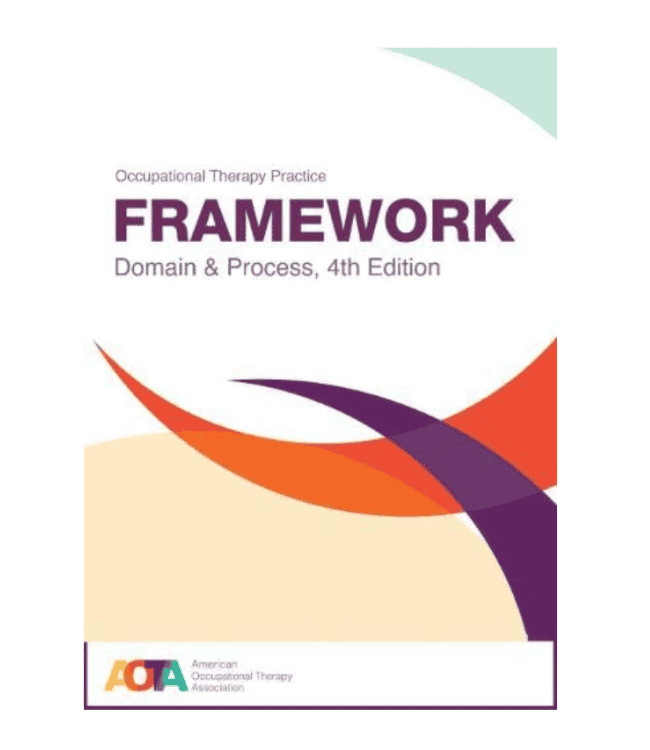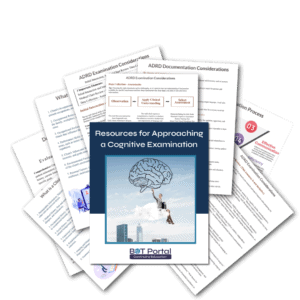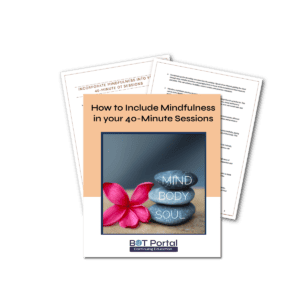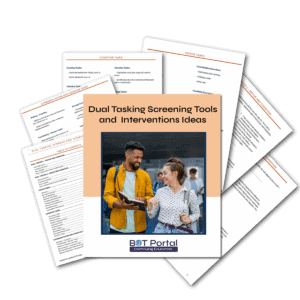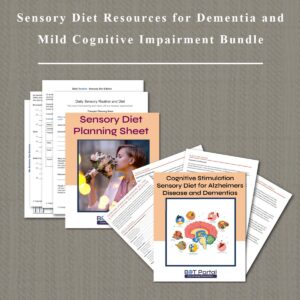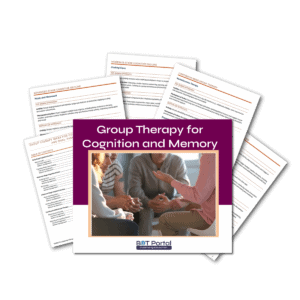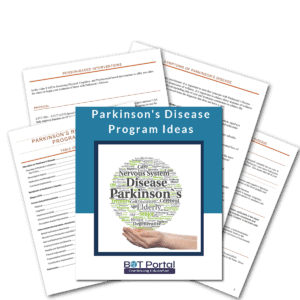Occupational Therapy Scope of Practice
The occupational therapy scope of practice involves helping individuals of all ages to participate in daily activities through therapeutic interventions. Guided by the International Classification of Functioning, Disability, and Health (ICF), occupational therapy practitioners are skilled activity analysts. They assess and address physical, cognitive, and emotional challenges to enhance a person’s ability to perform everyday tasks, improve their quality of life, and achieve greater independence. Whether recovering from an injury or managing a chronic condition, occupational therapy provides personalized strategies and support for effective and meaningful engagement in life’s activities.
The Occupational Therapy Scope of Practice is displayed in the Occupational Therapy Practice Framework
+ Comprehensive Understanding: Provides a thorough overview of the occupational therapy scope of practice, including key concepts and definitions.
+ Defensive Documentation: Offers guidelines on how to document client care effectively to protect against legal and insurance claims.
+ Evidence-Based Practice: Serves as a reference to support your treatment plans with evidence-based approaches and interventions.
Professional Standards: Ensures you are aligned with the latest professional standards and practices in occupational therapy.
+ Client-Centered Care: Helps in developing personalized, client-centered care plans that address the unique needs of each individual.
Educational Tool: Acts as an essential educational resource for students and practitioners to enhance their knowledge and skills.
+Interprofessional Collaboration: Facilitates better communication and collaboration with other healthcare professionals by providing a common language and framework.
+ Continuing Education: Supports ongoing professional development and continuing education requirements.
+ Quality Assurance: Aids in maintaining high-quality care and improving outcomes through structured and standardized practices.
Where will you use the Occupational Therapy Scope of Practice?

Pre-school and School-based Services
Occupational therapy in preschool and school-based settings focuses on helping children develop the skills they need to succeed in their educational environment. This includes improving fine motor skills for writing, enhancing sensory processing for better attention and behavior, and fostering social skills for positive interactions with peers and teachers. Occupational therapy practitioners work closely with educators and families to create individualized plans that support each child’s unique needs, promoting their overall development and academic success.

Home-based Services for Children and Adults
Home-based therapy brings occupational therapy services directly to your home, providing a comfortable and familiar environment for treatment. For children, this means working on activities of daily living, fine motor skills, and sensory processing within their natural surroundings, making therapy more relevant and effective. For adults, home-based therapy focuses on regaining independence in everyday tasks, improving mobility, and adapting the home environment to support safety and functionality. This personalized approach ensures that therapy is tailored to meet the unique needs of each individual, promoting better outcomes and greater convenience.
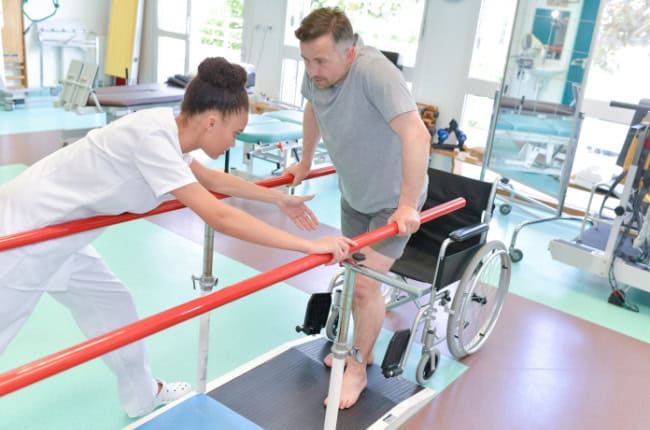
Inpatient Care: Acute Care, Intensive Care, or Medical Rehab Unit
In hospital settings, occupational therapy plays a crucial role in the recovery process for patients of all ages. Therapists work with individuals who have experienced acute injuries, surgeries, or illnesses to help them regain independence and function. This includes providing rehabilitation for activities of daily living, enhancing mobility, and developing strategies to manage pain and fatigue. Occupational therapy practitioners also collaborate with the healthcare team to create personalized treatment plans that address the patient’s unique needs, ensuring a smooth transition from hospital to home and supporting optimal recovery and quality of life.

Assisted Living Facilities and Skilled Nursing Facilities or Nursing Homes
Occupational therapy in assisted living and nursing homes focuses on enhancing the quality of life for older adults and individuals with disabilities. Therapists work to improve daily living skills, mobility, and cognitive function, helping residents maintain their independence as much as possible. This includes creating personalized exercise programs, adapting living spaces for safety, and providing strategies for managing chronic conditions. Occupational therapy practitioners also offer support for social engagement and mental health, ensuring that residents can participate in meaningful activities and enjoy a higher level of well-being.
Overview of the Occupational Therapy Scope of Practice
The occupational therapy scope of practice includes a wide range of services designed to help individuals engage in meaningful activities and improve their quality of life. Occupational therapy practitioners are skilled activity analysts who thoroughly assess and understand the specific needs of each client. The Occupational Therapy Practice Framework (OTPF-4) outlines key features of this practice, including a focus on occupations, client factors, performance skills, performance patterns, and the context and environment in which individuals live and interact. By analyzing activities and considering these elements, occupational therapy practitioners can develop personalized interventions that promote health, well-being, and independence for people of all ages.
Occupations:
-
- Activities of daily living (ADLs): Basic self-care tasks such as bathing, dressing, eating, and grooming.
- Instrumental activities of daily living (IADLs): More complex activities such as managing finances, preparing meals, and maintaining a home.
- Rest and sleep: Activities related to obtaining restorative rest and sleep to support healthy, active engagement in other occupations.
- Education: Participation in learning environments and academic activities.
- Work: Employment and volunteer activities.
- Play: Spontaneous or organized activities that provide enjoyment and entertainment.
- Leisure: Nonobligatory activities that are intrinsically motivated and engaged in during discretionary time.
- Social participation: Activities that involve interacting with others, including family, friends, peers, and community members.
- Health Management : Education regarding diagnosis, advocacy, and self-advocacy, lifestyle management
Client Factors:
-
-
- Values, beliefs, and spirituality: Influences on a person’s motivation to engage in occupations and overall life satisfaction.
- Body functions: Physiological functions of body systems, such as sensory, mental, cardiovascular, and movement-related functions.
- Body structures: Anatomical parts of the body, such as organs, limbs, and their components.
-
Performance Skills:
-
- Motor skills: Movements that enable individuals to interact with tasks and environments (e.g., coordination, balance, strength).
- Process skills: Cognitive and perceptual abilities that enable individuals to plan, organize, and complete tasks (e.g., problem-solving, attention).
- Social interaction skills: Abilities to interact with others effectively and appropriately (e.g., communication, empathy).
Performance Patterns:
-
- Habits: Automatic behaviors that influence daily routines.
- Routines: Patterns of behavior that are observable and repetitive.
- Roles: Expected behaviors and responsibilities associated with societal or cultural expectations.
- Rituals: Symbolic actions with spiritual, cultural, or social meaning.
Context and Environment:
-
- Cultural context: Customs, beliefs, activity patterns, and expectations accepted by the society of which a person is a member.
- Personal context: Features of an individual that are not part of a health condition or health status, such as age, gender, socioeconomic status, and education.
- Physical environment: Natural and built non-human surroundings and objects in them.
- Social environment: Presence of, relationships with, and expectations of persons, groups, or populations with whom clients have contact.
- Temporal context: The experience of time as shaped by engagement in occupations.
- Virtual context: Environment in which communication occurs by means of airwaves or computers and an absence of physical contact.
Occupational Therapy Process:
-
- Evaluation: Comprehensive assessment of the client’s needs, abilities, and goals.
- Intervention: Planning and implementing strategies to improve the client’s ability to perform desired occupations.
- Outcomes: Measuring progress and adjusting the plan as needed to achieve desired goals.
Browse the Resource Store!
Don’t want to pay for each PDF individually? No problem! The BOT Portal Membership comes with all printable resources and more!
Buffalo Occupational Therapy Offers a Variety of Services to Meet Your Memory Needs

Printable Resources
Browse our collection of memory training worksheets and resources for your personal use. All resources were created for clinical purposes and are made available to all through our occupational therapy resource store.
Book an Initial Evaluation or Consultation
If you are facing memory challenges or have recently been diagnosed with a neurological condition, we are here for you! If you are within our service area, click here to book an appointment. If you are outside of our services and our interested in a private pay consultation, click here.

